Learn about the origins of pasta, the various types and what sauces they work best with, and how to perfect your pasta cooking to make sure you get the results you want, every time
My love for food was ignited by a simple pasta dish. I often watched my mother, an exceptional cook from whom I inherited my passion, as she prepared a myriad of delightful meals. Even with seemingly simple dishes like pasta, she poured immense care and attention into every step. As a child, I would absorb and memorize each of her gestures.
I took particular pleasure in waiting for the water to boil. As the pasta simmered, I’d eagerly watch the pot, anticipating the scrumptious meal ahead. Testing a noodle here and there to ensure the pasta was perfectly al dente became an essential ritual. The fact that my mother would value my input on its doneness, even as a young child, was deeply meaningful. As I grew older, I came to understand that she was subtly introducing me to the culinary world, a realm intrinsically vital to everyone since we all eat daily. Being able to cook a meal is a foundational form of independence. For me, mastering the art of pasta became a poignant rite of passage.
“You must remain focused,” my mother would often advise, “Even an extra minute can turn the pasta mushy. If it’s overcooked, it loses its essence, and no seasoning can revive it.”
“Al dente” is the hallmark of perfectly cooked pasta. This term was a constant refrain in our kitchen, serving as a reminder of this primary cooking tenet.
However, before the act of cooking, selecting the right pasta is paramount. Italy boasts a vast array of shapes, sizes, and brands, both nationally recognized and regional. While the quality is consistently excellent, some brands invariably stand out more than others. The caliber of grain (in Italy, pasta is exclusively crafted from durum wheat) and the purity of water are the primary benchmarks to gauge superior pasta. The vast selection can be daunting even for locals. My mother, though, always had her trusted favorites, and she taught me to discern quality with a discerning eye. From a young age, I was introduced to varieties like organic durum wheat, whole wheat, Kamut, and Farro. As an adult, I’ve come to appreciate corn, rice, and buckwheat pastas, which are naturally gluten-free, offering both high digestibility and a lighter fare for summer dishes.
While pasta is emblematic of Italian cuisine, there’s a common misconception abroad: many believe fresh pasta is the staple for Italians. In reality, the true staple is dry pasta. According to recent statistics, a staggering 99% of Italians consume pasta, with the average Italian consuming 28 kilograms (or roughly 62 pounds) annually. Made strictly from durum wheat, dried pasta, when cooked al dente and paired with simple sauces, epitomizes the Mediterranean Diet (recognized by UNESCO as an Intangible Cultural Heritage). Contrary to the belief of many foreigners, pasta, much like pizza, isn’t necessarily fattening. A vast number of Italians enjoy a plate of pasta daily and rank among the world’s longest-lived populations (alongside the Japanese) with notably low obesity rates. The fresh, seasonal condiments typical of the Mediterranean Diet further attest to pasta’s place as a wholesome meal option.
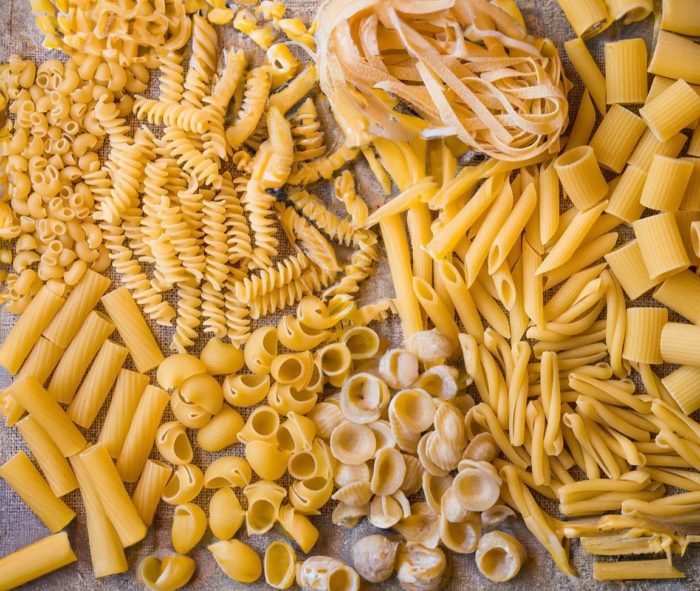
THE ORIGINS OF DRIED PASTA
The Arabs introduced dried pasta to Western Sicily. However, pasta’s roots can be traced back to the Greeks and Romans, where it was known as “Lagana”, a precursor to today’s lasagna.
Over time, the regions of Sicily and Liguria played pivotal roles in popularizing dried pasta throughout Italy. Both Sicilians and Ligurians, often venturing to sea, required provisions that were long-lasting, compact, and energy-rich. The ideal Mediterranean climate in these regions naturally lent itself to the pasta drying process. Historically, pasta was crafted from semolina flour, with producers using a bench to sit and their feet to knead the dough. Naples emerged as one of the early cities to import pasta from Sicily. By the 1600s, it signified a transformative era for dried pasta (in Italian, “Pasta secca”), positioning it as an iconic facet of Italian culture.
In Naples, pasta was traditionally dried on reeds under the sun or in the fresh air. Gragnano, a quaint town near Naples, soon gained international acclaim for its superior pasta quality, attributed to its perfect weather conditions—ample sun, wind, and just the right level of humidity. Historically, Gragnano’s main streets were purposefully aligned to optimize natural pasta drying, ensuring maximum sun exposure. Today’s Gragnano pasta, exported globally and available in top-tier Italian food stores, is derived from wheat cultivated in designated regions. This wheat is ground into flour, blended with water from local springs, spread on wooden frames, then sliced by “cutters” into desired sizes. Modern machinery now aids the drying process.
Until the late 18th century, pasta was primarily enjoyed plain or simply with cheese. The discovery of the Americas introduced tomatoes to the Mediterranean, where they thrived. Eventually, Southern Italy pioneered the first tomato sauce (seasoned with salt and basil) to complement “macaroni”.
Presently, the pasta industry stands as a pillar of the “Made in Italy” brand, with a continually growing global market. Revered as a wholesome food, pasta offers minimal calories, highly digestible carbohydrates, iron, and B vitamins.
In Italy, only durum wheat is used for dried pasta, distinguishing it from other countries that might use different wheat varieties. This choice ensures Italian pasta’s exceptional cooking resilience. Italy, with its rich gastronomic landscape, sees each pasta type and sauce as a reflection of the distinct traditions from various cities.
Most Common Types of Dried Pasta
While the world is familiar with types like “rigatoni”, “penne”, “fusilli”, and “spaghetti”, Italy offers a plethora of dried pasta shapes. Here’s a list of some of the most popular ones, each lending itself to a variety of delicious recipes.

SHORT PASTAS (Pasta Corta):
- Anelletti: Translated as “small rings”, these are commonly used in soups or, especially in Sicily, for oven-baked dishes.
- Calamarata: These ring-shaped pastas are versatile, pairing well with any sauce.
- Conchiglie: Known as “shell pasta”, they’re ideal with sauces, vegetables, and cheese.
- Cellentani: A small tubular shape, perfect for hearty sauces or baked dishes.
- Ditali (or Ditalini): Short tubes that complement soups and legumes.
- Farfalle: Often called “bow-tie pasta”, they’re popular in salads but also pair wonderfully with simple tomato sauces.
- Fusilli: Their spiral form ensures sauces cling perfectly to each bite.
- Malloreddus: Also referred to as “Sardinian gnocchi”, this traditional pasta from Sardinia is made from durum wheat semolina. The name “Malloreddu” means “bull” in Southern Sardinia, and its plural form “malloreddus” translates to “calves”, referencing the pasta’s dense texture and shape.
- Paccheri: These larger pasta pieces are best suited for robust sauces, such as ragu.
- Penne: Available as smooth (“lisce”) or ridged (“rigate”), penne is excellent for capturing more sauce and can even be used in salads.
- Radiatori: Resembling “radiators”, they’re a top choice for salads and vegetable-based sauces.
- Rigatoni: These are ridged tubes that pair well with just about any sauce.
- Ruote: Known as “wagon wheels”, they’re a favorite for salads.
- Sedanini: The name translates to “little celery stalks”, and they’re perfect when teamed with tomato-based sauces.

LONG PASTAS (Pasta Lunga):
- Bucatini: Derived from “buco”, meaning “hole”, these tubular pastas have a unique function. The central hole ensures they cook evenly, as water penetrates them during boiling, reducing cooking time.
- Busiati Trapanesi: A distinctive Sicilian pasta shape, typically paired with Trapanese pesto.
- Linguine: Translated as “little tongues”, they’re commonly paired with seafood and tomato sauces.
- Reginette: Also known as “Mafaldine” (Little Mafalda). These were crafted in honor of Princess Mafalda di Savoia’s birth in 1902. She was the daughter of Vittorio Emanuele III, the last King of Italy, hence the name meaning “little queen”.
- Spaghetti: Arguably the most renowned pasta type, it’s versatile and pairs well with a myriad of sauces.
ESSENTIAL PASTA COOKING TIPS:
With these tips, you’ll be able to perfect your pasta cooking and ensure that you get the ultimate result every time.
- Cooking Time: The duration for cooking pasta is contingent upon its size and thickness. Aim to cook pasta “al dente” – neither too soft nor too firm. This ensures maximum flavor, preserves nutritional value, and aids in digestion.
- Pot Size: Always use a large saucepan for pasta. If too confined, pasta tends to stick together during cooking.
- Salting: Only add salt once the water has begun boiling.
- Water Clarity: If the cooking water remains clear, it’s indicative of the grain’s high quality.
- Adding Pasta: For long pasta types, ensure it expands naturally in the pot without breaking. For shorter varieties, gradually add them – akin to a “rainfall” – to prevent clustering at the pot’s base.
- Stirring: Gently and frequently stir the pasta during the initial cooking minutes to prevent sticking. Stir occasionally thereafter.
- Testing for Doneness: Although each pasta type has its unique cooking duration, the most reliable way to determine if it’s done is by tasting. You can also assess the pasta’s firmness with a fork or notice the subtle lightening of its exterior color as it cooks.
- Draining: Once cooked, drain the pasta but retain a small quantity of the cooking water. This reserved water can be added later if the pasta becomes too dry.
- Portioning: Italian recipes are curated for balanced portions. Typically, an 80g serving per person is advised. However, if pasta is the sole dish, consider upping the portion to around 100g.
- Choosing Quality: Opt for a high-quality pasta brand. High-quality pasta retains its texture even if slightly overcooked. Don’t solely rely on popular brands. Always read product details, pay attention to the grain’s origin, and specifically choose pasta made from durum wheat semolina. If you’re keen on Italian pasta, ensure its authenticity by confirming it’s “Made in Italy”. Experiment with various wheat types, like whole wheat (rich in fiber), Kamut, Farro, or even gluten-free options like buckwheat, rice, and corn.
TOP ITALIAN INGREDIENTS FOR PASTA
These are the most important ingredients you’ll need to know more about in order to be able to call yourself a pasta-master.
TOMATOES:
-
-
- Quality: A superior quality tomato can elevate even the simplest salad or pasta dish.
- Varieties: Italy is home to numerous tomato types suited for both salads and sauces.
- San Marzano: Recognized by its elongated shape, firm flesh, minimal seeds, and reduced water content. These characteristics make it ideal for sauces and purees. Notably, the variety from Naples and the Campania Region holds the EU DOP (Protected Designation of Origin) label.
- Cherry Tomatoes from Pachino: These petite tomatoes are perfect for quick sauces and cold pasta salads. Produced in Sicily and recognized under the EU DOP label, they are a subtype of the esteemed “Pachino tomato,” named after the Sicilian town where they flourish.
-
CHEESES:
-
-
- Diversity: With over 400 cheese varieties, many of which possess the European DOP label, Italy offers a cheese for every palate.
- Fontina: A PDO cheese from Valle d’Aosta, made from cooked cow’s milk, it boasts a subtle yet rich flavor, often used in fondue.
- Gorgonzola: Originating from the Lombardy town bearing its name, this cheese is renowned for its soft texture and greenish streaks, a result of mold formation. Its unique taste is hard to replicate.
- Grana Padano: A PDO hard cheese from Northern Italy, it’s granular and similar to Parmigiano-Reggiano.
- Parmigiano-Reggiano: A PDO hard cheese aged between 1 to 3 years. Its production is restricted to specific provinces in Italy. Note: “Parmesan” isn’t the English equivalent of Parmigiano-Reggiano but an imitation lacking the PDO certification.
- Pecorino: Derived from sheep’s milk, “Pecorino Romano” is the most popular variant, known for its spicy aroma.
- Ricotta: Unlike other cheeses, ricotta is derived from whey. “Ricotta Salata,” particularly popular in Sicily, is saltier and ideal for grating over pasta.
- Robiola & Taleggio: Both are soft cheeses produced in various Italian regions, with Taleggio known for its buttery flavor.
- Diversity: With over 400 cheese varieties, many of which possess the European DOP label, Italy offers a cheese for every palate.
-
EXTRA VIRGIN OLIVE OIL:
-
- Essence of Mediterranean Diet: It’s the only vegetable oil sourced without any manipulation or chemical additives. Comprised chiefly of monounsaturated fatty acids and enriched with linoleic fatty acid, polyphenols, vitamin E, and beta-carotene, it’s lauded for its antioxidant properties. Always prioritize quality when selecting extra virgin olive oil.








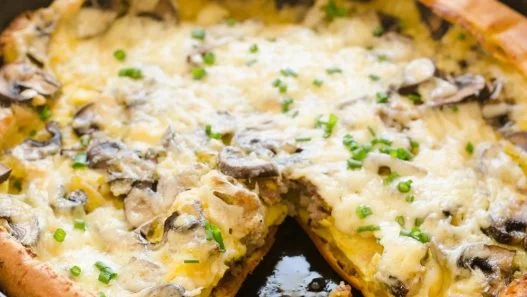


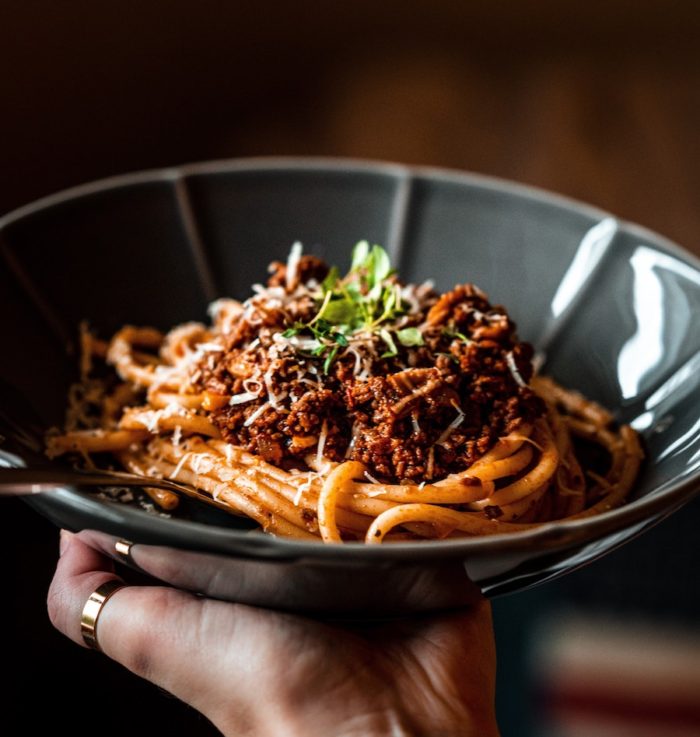
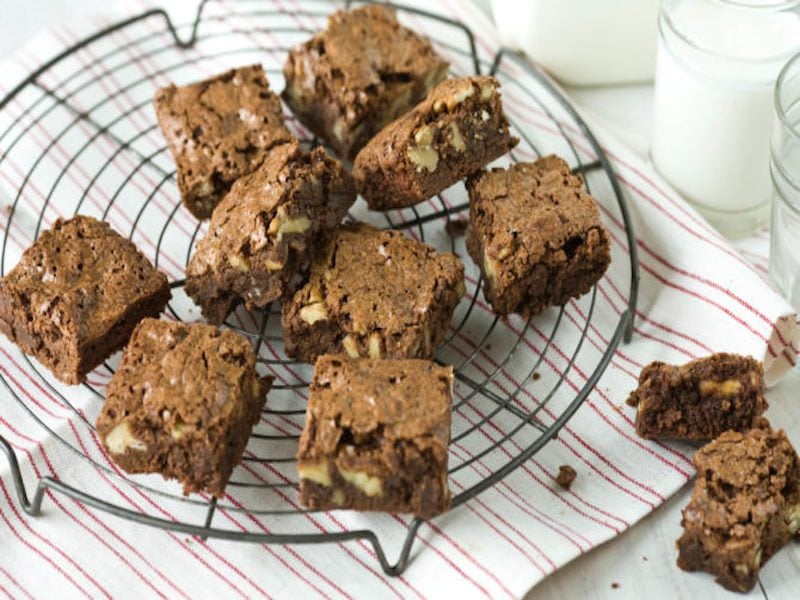
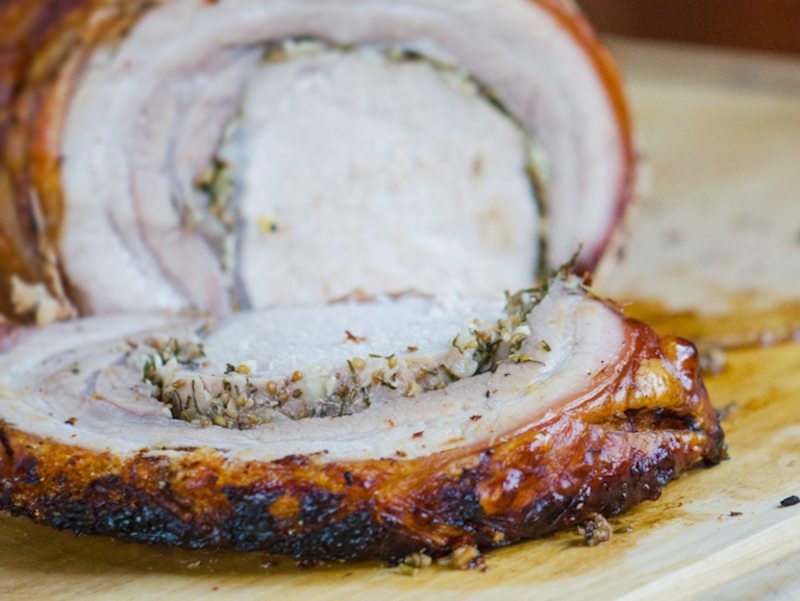
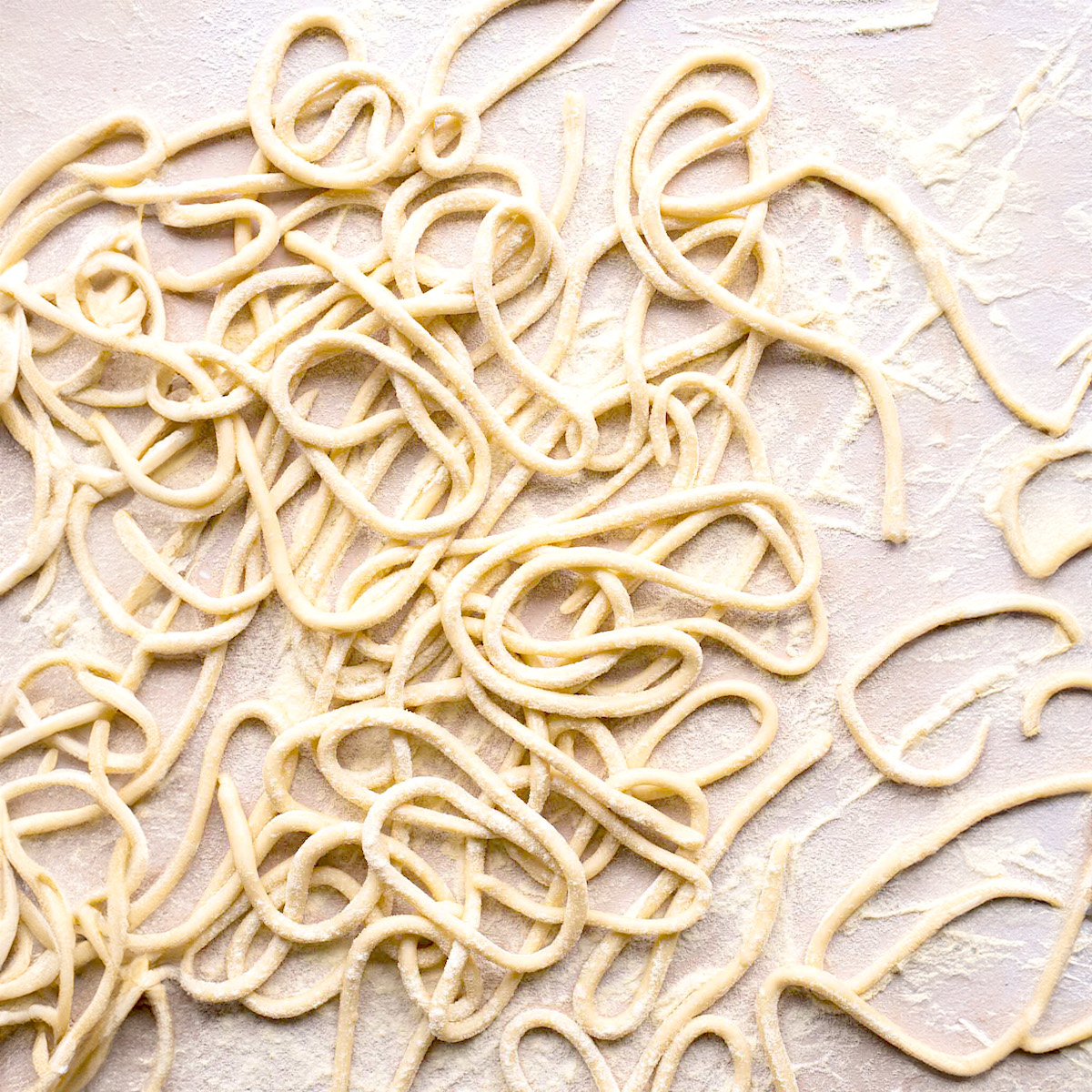
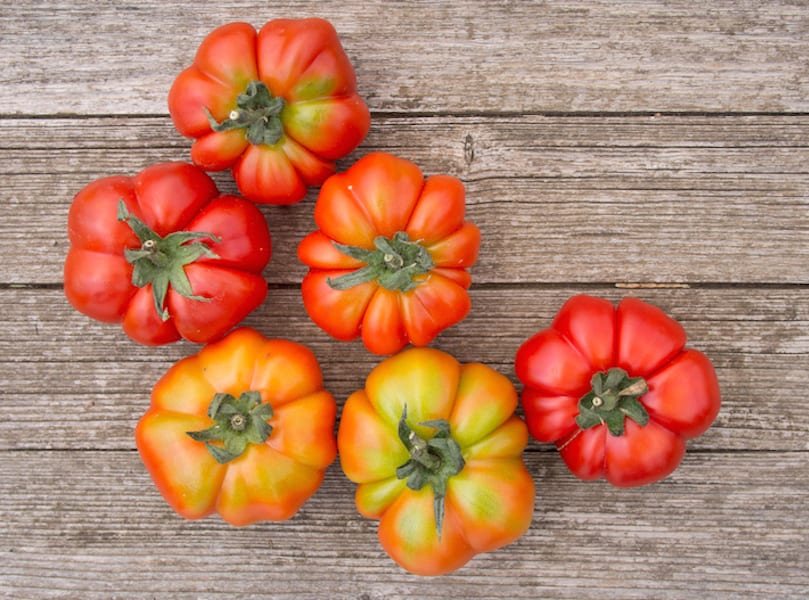
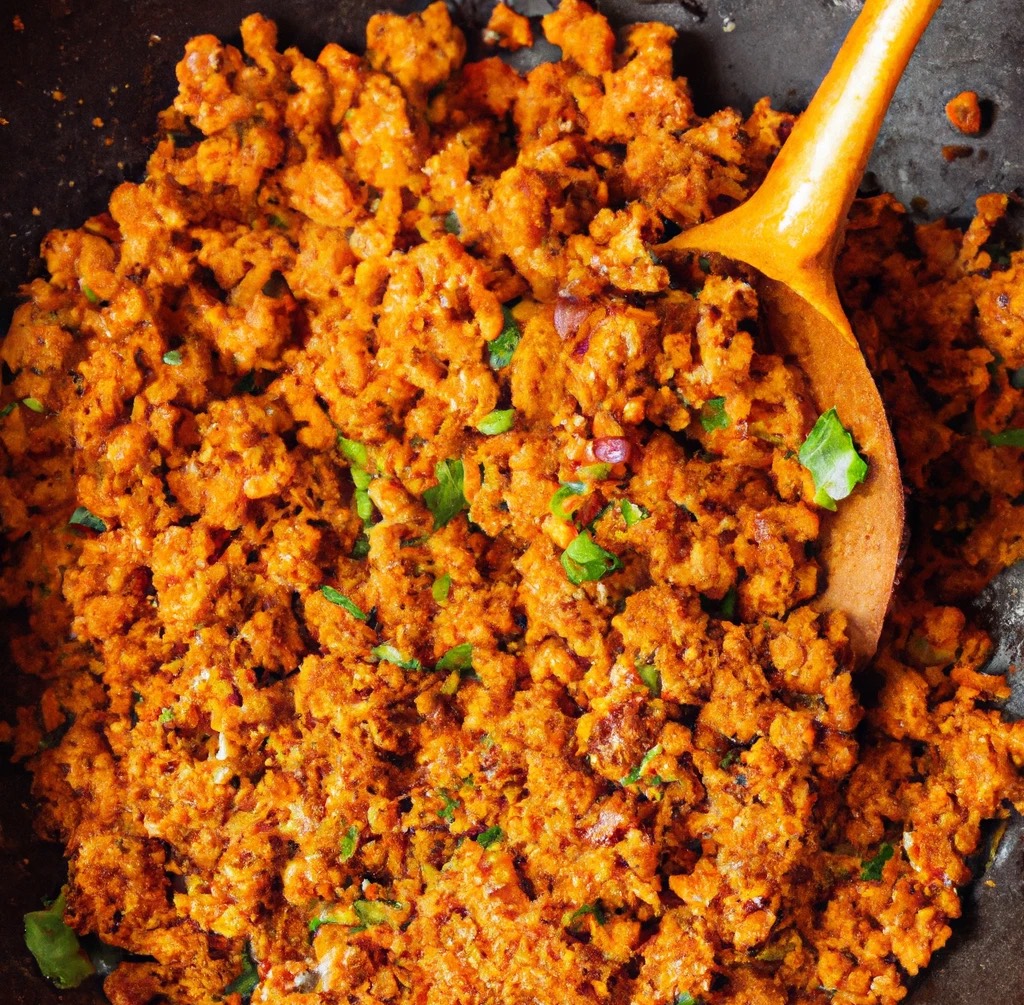
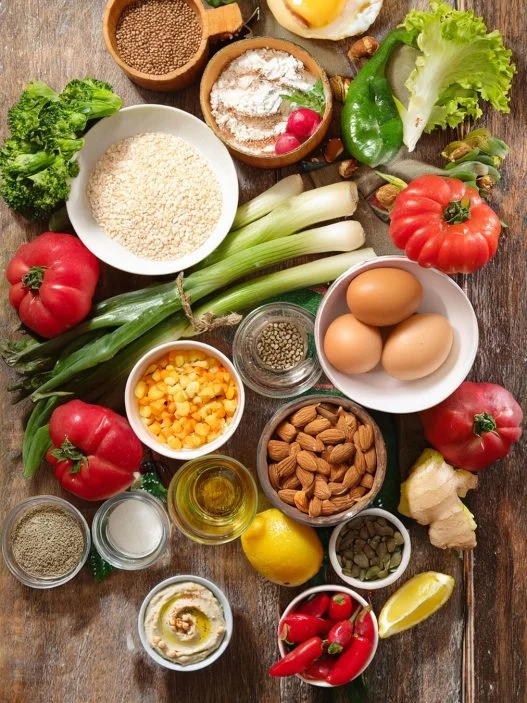

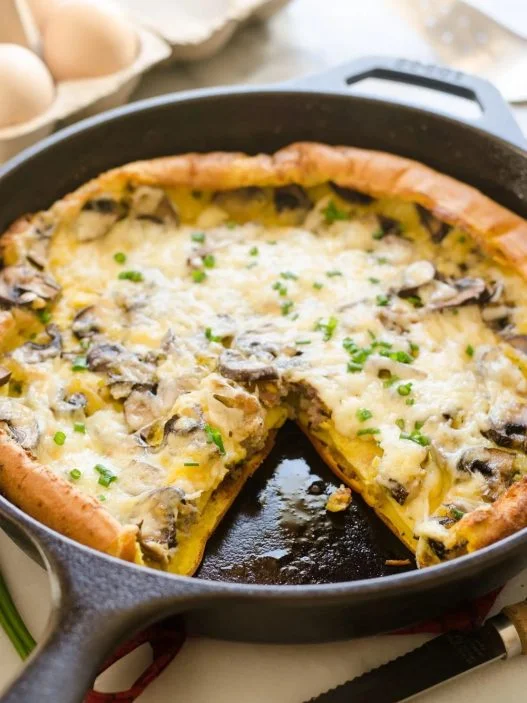


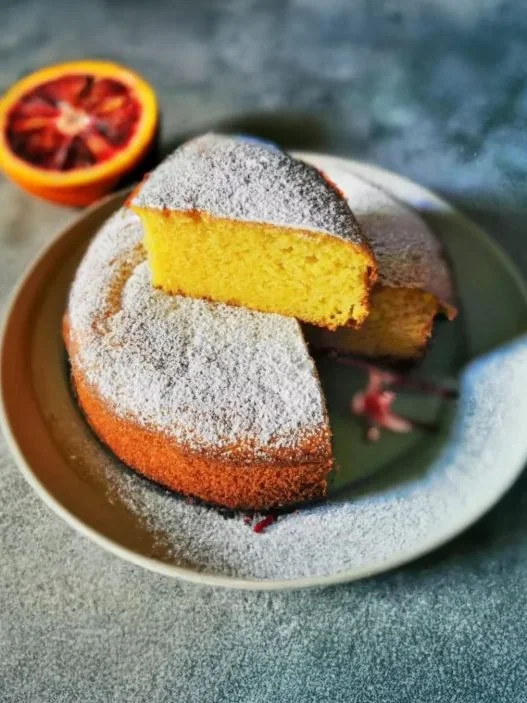

Honestly had no idea about most of these facts. Thank you very much for teaching and passing your knowledge to new people.
Thank you, what a wonderful, educational article. Loved it!